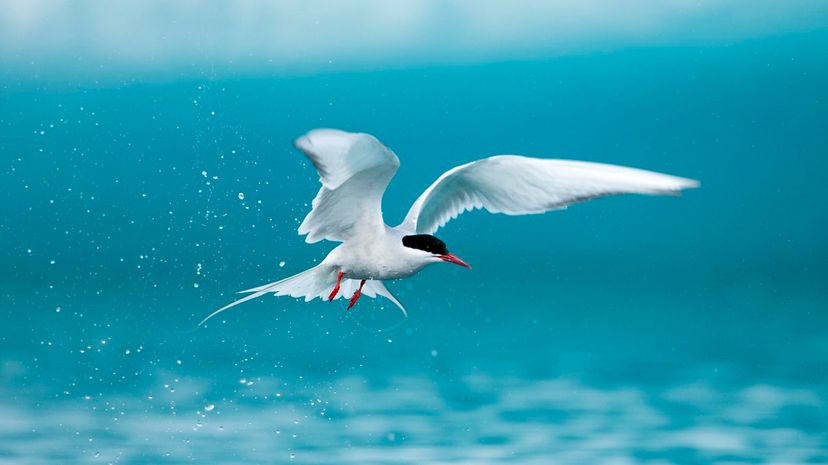
About This Quiz
Do you know how many types of birds there are? Scientists believe there are more than 10,000 different species. We're not going to quiz you on all of them, but do you think you can at least name the 40 we compiled for this quiz?
There's so much variation between birds, that it's interesting to think they all share a common ancestor. The pigeons you see pecking around at your local park and the ostriches you see running around on television aren't as unlike as you may initially think. They may look drastically different, but they both lay eggs and have wings and have feathers covering their bodies.Â
No matter where you go in the world, you'll find birds living there. If you travel to the remote areas of Antarctica, you'll find the emperor penguin. On the remote ocean cliffs in northern Canada, you'll find gannets, terns, and puffins. Even if you washed ashore in Papua New Guinea, you would be met with birds of paradise and cassowary.
We think this quiz is pretty eggs-sighting, so it's time for you to pay the piper and quack the case of the names of these 40 feathered friends. Are you up for it? Good. Then let's get started!
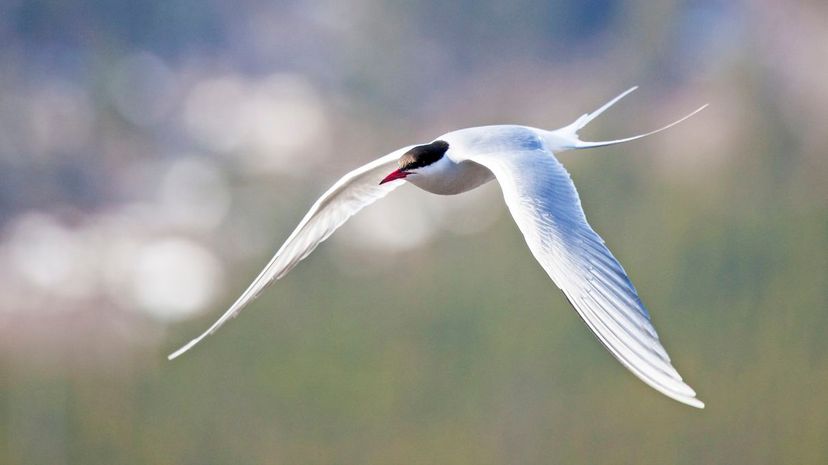
The most interesting part about the arctic tern is its migratory route. Every year, they travel over 70,000 kilometers from the northern tips of North America to Antarctica and back again. They have by far the longest migratory pattern of any animal.
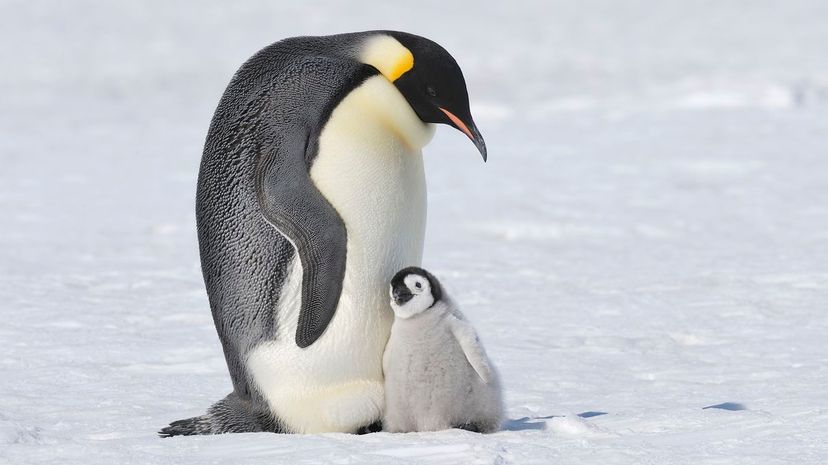
Few animals in the world live in harsher conditions than the emperor penguin. If you want to learn more about the extreme conditions that they withstand, you can learn about them in the documentary, "March of the Penguins."
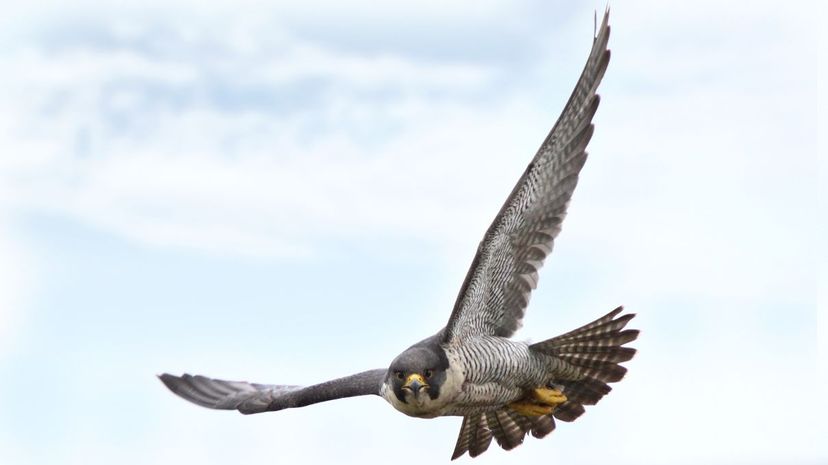
The peregrine falcon is the fastest bird in the world. It can reach speeds of over 200 mph when it swoops to catch its prey. The fastest speed ever recorded by a peregrine falcon was 242 mph.
Advertisement
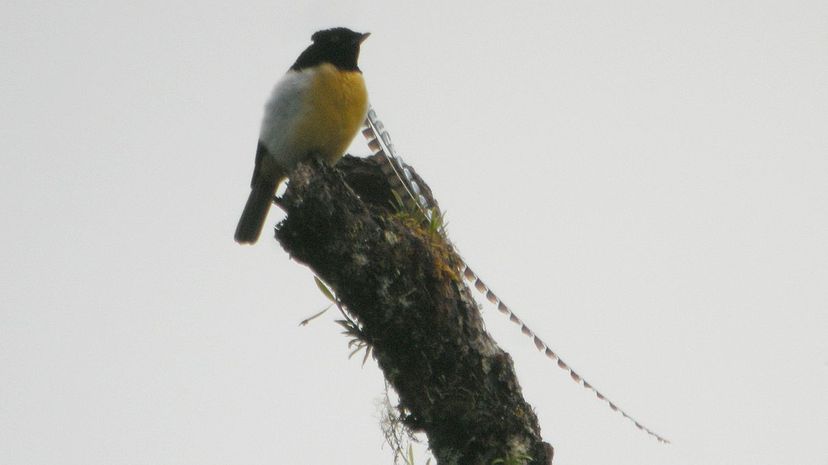
The next time you're deep in the forests of New Guinea, keep your eye out for this brightly colored bird. You can easily spot them for their long ornamental head plume that looks fake at first glance.
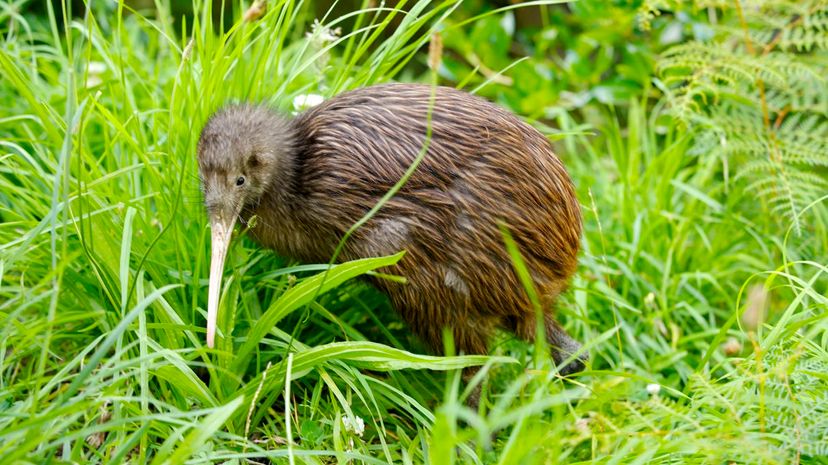
The kiwi is the smallest member of the ratites group of birds that contains other flightless birds like emus and cassowaries. The kiwi is nocturnal, so even if you head to New Zealand, you're unlikely to see one in the wild.
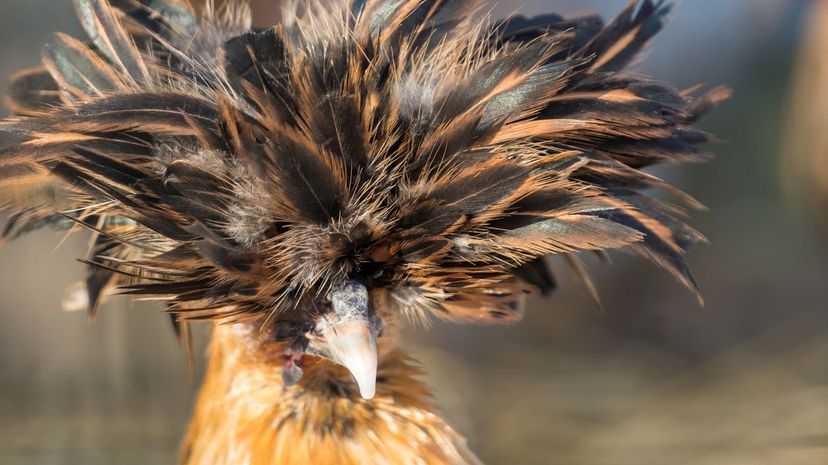
The Polish chicken is often bred for shows and comes in several color variations. They grow up to weigh about 6 pounds, but their exact origin isn't known. Despite their name, it's thought that they may originate from the Netherlands.
Advertisement
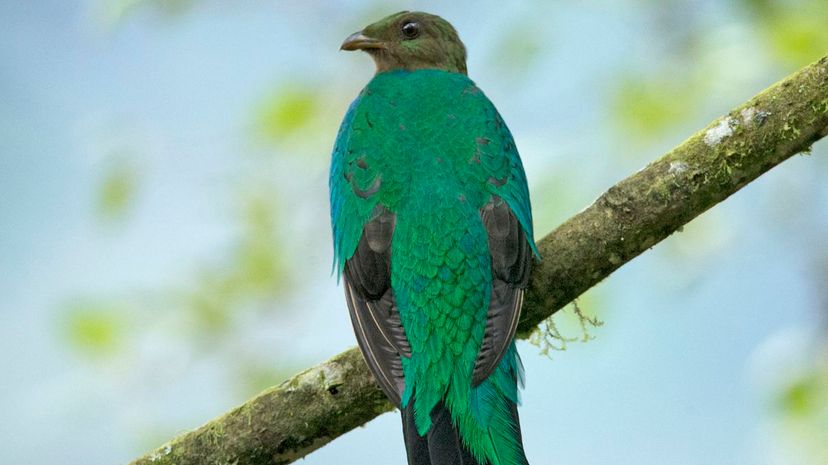
You can find this large bird from the most southern tip of America into South America. You can easily spot them by their bright red stomach and green wings. They usually grow to at least a foot long and eat mostly fruits and berries.
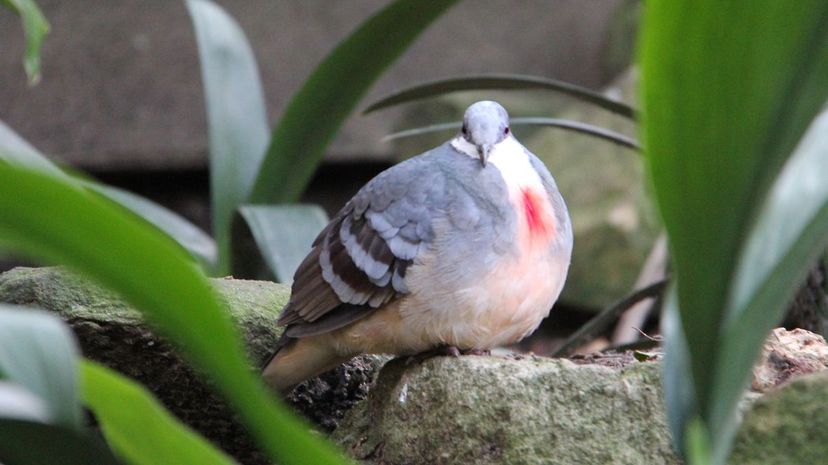
Can you guess how the bleeding heart pigeon got its name? You can easily recognize them from all other pigeon species by the bright red spot on their chest. Both the males and females share the same distinct red coloring.
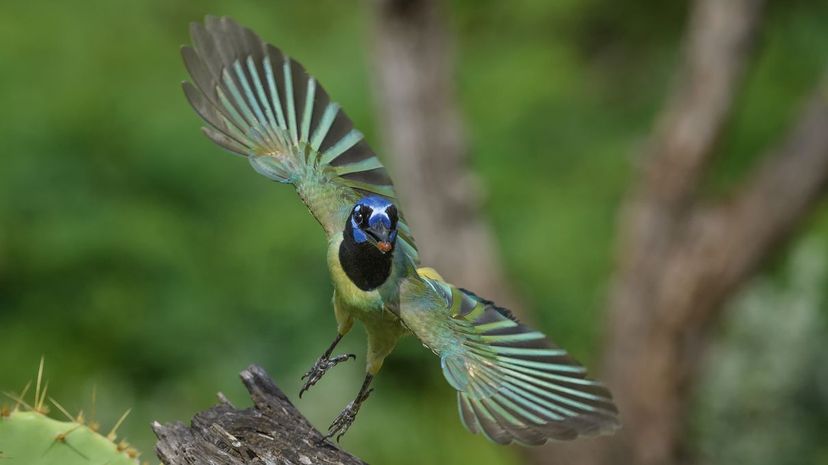
The green jay is endemic from Southern North America to Central America. It is easy to spot by its dull-green body, blue head and long tail. Their diet consists mostly of insects, small vertebrae and seeds.
Advertisement
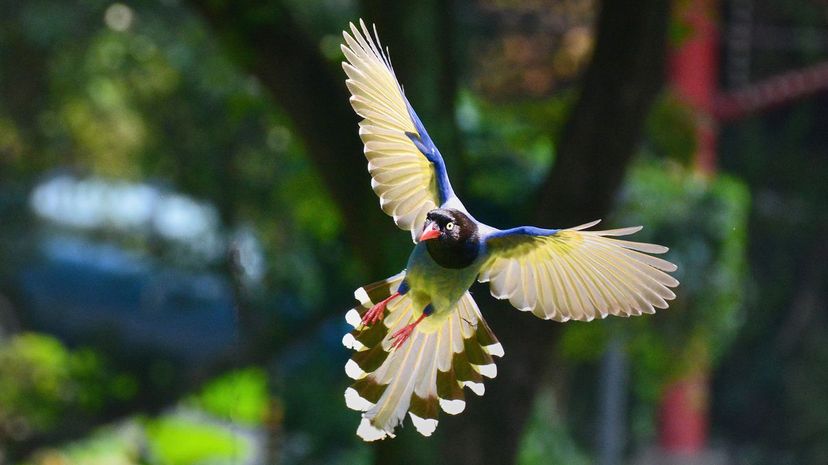
The Formosan magpie goes by several other names, such as the Taiwan blue magpie. As its name suggests, it lives on the island of Taiwan where it lives mostly in forests and eats snakes, mice, fruits and seeds.
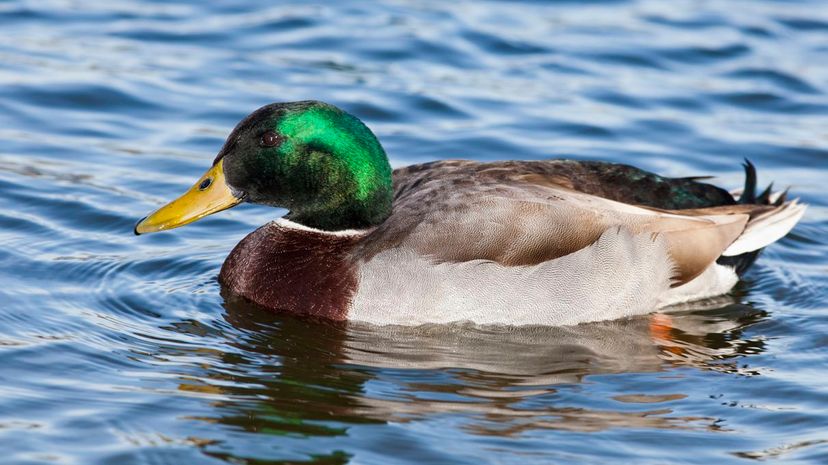
The mallard is one of the most widespread bird species in the world. They often breed with local ducks like the American black duck and produce hybridized offspring. Most domesticated ducks originally came from the mallard.
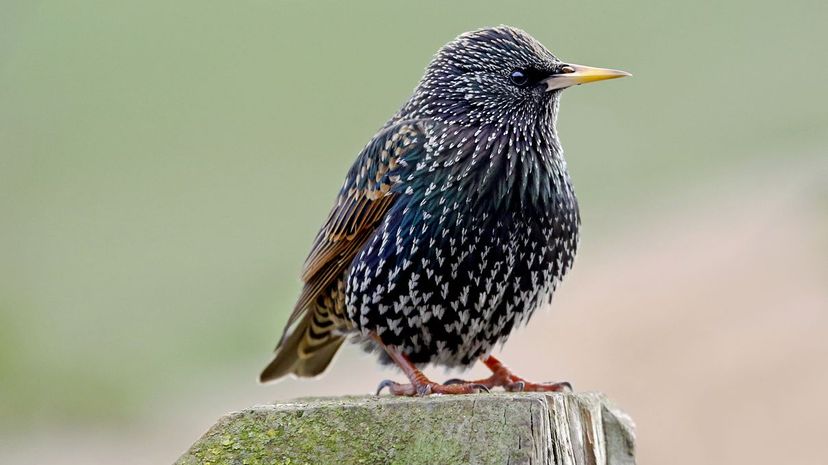
The European starling was first released into Central Park at the end of the 19th century. Since then, they have multiplied from a few handfuls of birds to over 50 million. Unfortunately, they have pushed several other species out of their nesting sites.
Advertisement
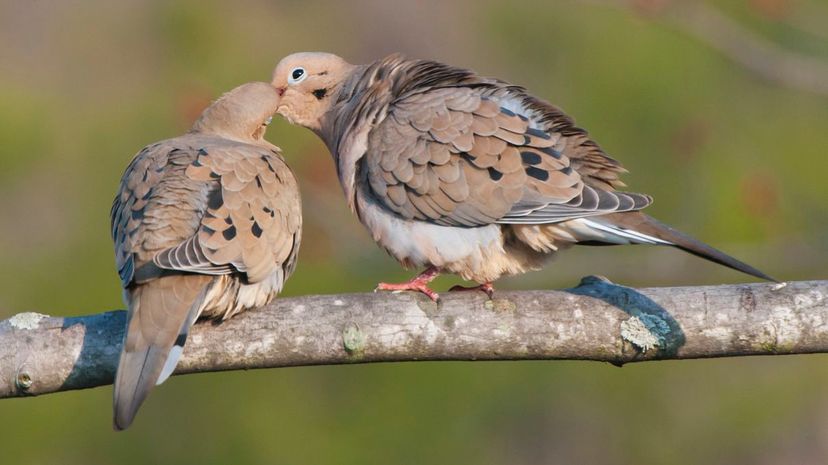
The mourning dove is one of the most common birds in North America. You can often hear them singing a "mourning" song early in the day. Some years, up to 70 million mourning doves are shot for game.
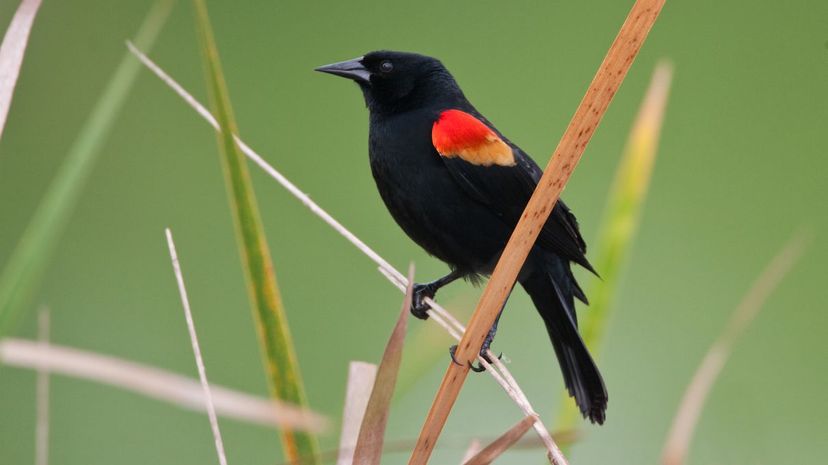
You can find the red-winged blackbird in swamps across North America. They like to spend their time fluttering between cattails. They're found as far north as Northern Canada and as far south as El Salvador.

The oilbird has habits that more closely resemble a bat than a bird. They live in caves and use echolocation to find food. The bird gets its name from feasting on the fruit of the oil palm.
Advertisement

The hard nasal corns on the Kagu's nose are though to protect their nose from dust particles. Researcher think that mating pairs may continue to mate each year for their entire lives. They're only found on the small island of New Caledonia.

It's hard to miss the bright plumage of this tropical bird when you see it contrasting with the surrounding trees. It's so beautiful and widely recognized in Central America that El Salvador and Nicaragua both named it their national bird.
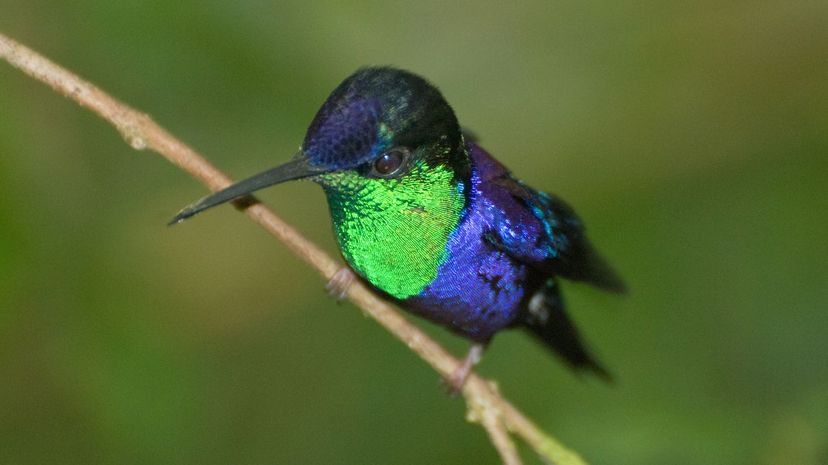
The violet-crowned woodnympth grows to a maximum length of about 4 inches. You can find these hummingbirds throughout Guatemala and Belize. They use their long beaks to pull nectar from different types of flowers.
Advertisement
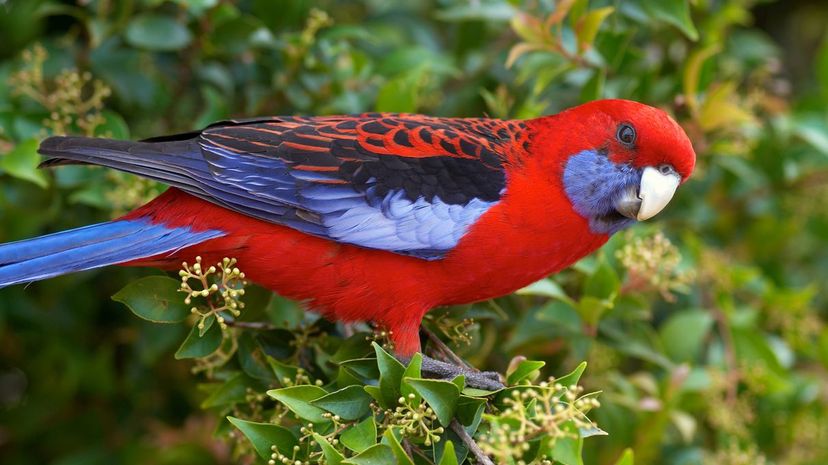
The crimson rosella is one of the most beautiful species of parrots in the world. They live primary along the eastern coast of Australia as well as New Zealand. You'll rarely see them outside of small pairs, and they often forage on the ground with their mate.
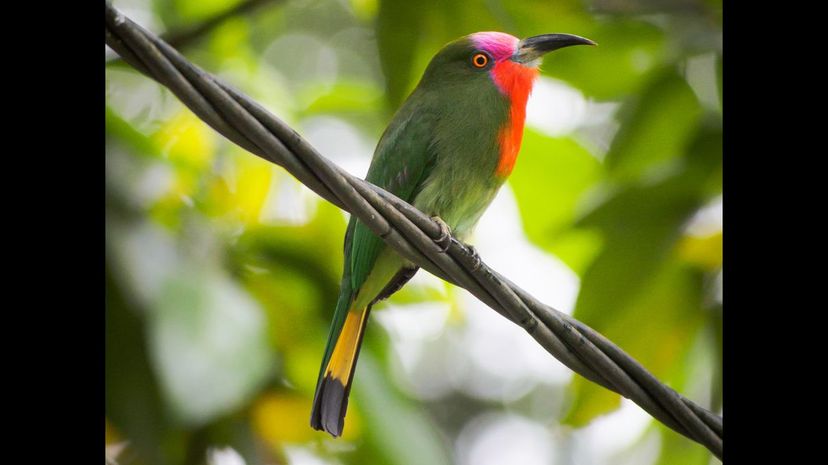
The red-throated bee-eater gets its name for its red breast. Also, as its name suggests, it eats primarily insects, including bees and hornets. They generally catch their prey by sitting motionless until it comes near them.

The kookaburra is a large bird in the kingfisher family that lives in Australia. Its name is an onomatopoeia for the high-pitched call that it makes. They're one of the only kingfisher species that don't spend their time around water.
Advertisement
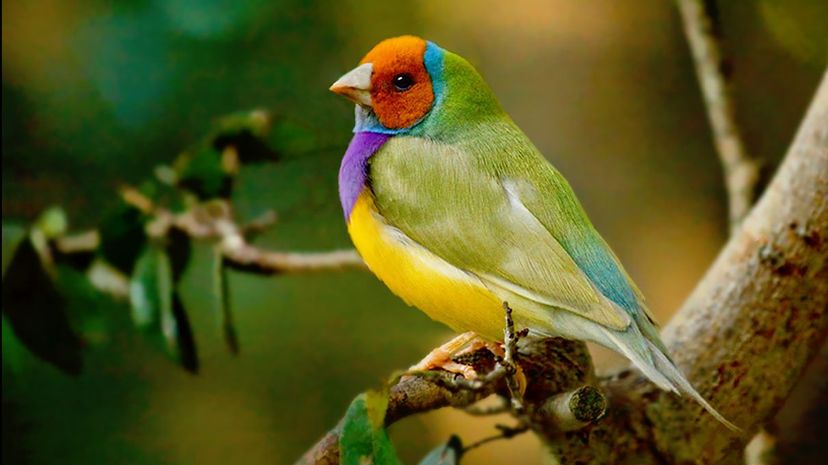
You might see these in your local pet store, but if you want to find them in the wild, you'll have to take a trip to Australia. It's thought that fewer than 2,500 of these birds still exist in the wild, and conservation efforts are being made to bring them back.
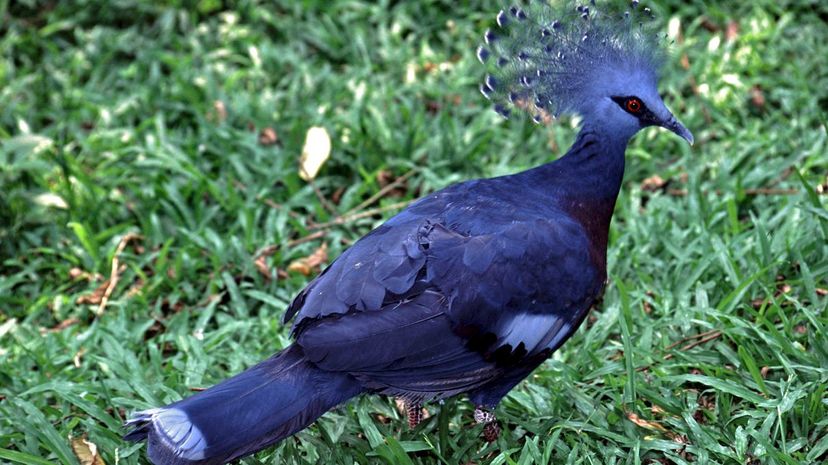
The face of the blue-crowned pigeon may look similar to the common pigeon you see around your local parks. However, this bird can grow to be the size of a turkey. You won't see a wild one unless you travel to the island of New Guinea.
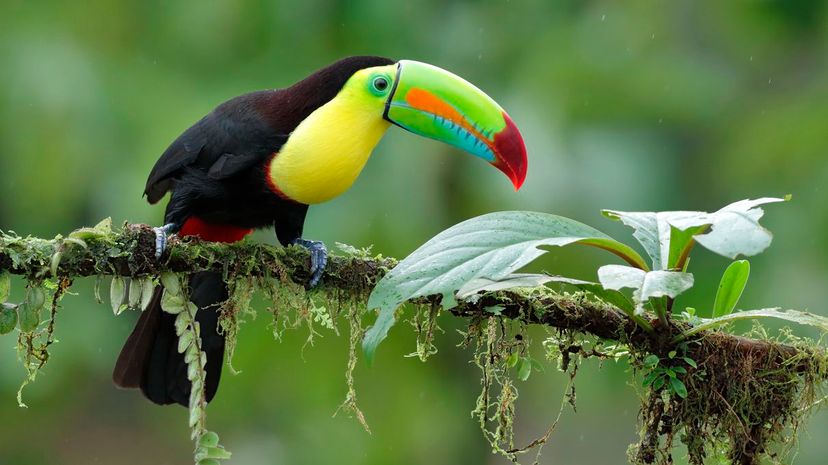
It's hard to mistake a toucan for any other bird thanks to its distinctive bill. They eat mostly fruit and insects, but they also consume lizards from time to time. There are more than 40 types of toucans that live in the jungles of South America.
Advertisement
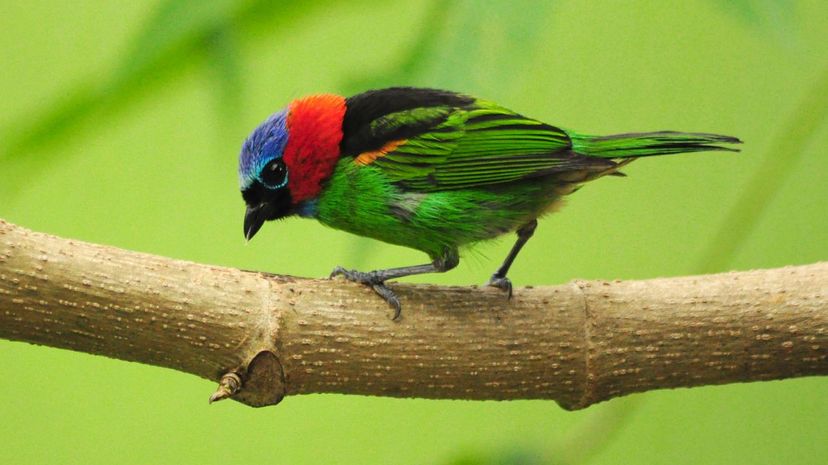
If you want to see the red-necked tanager, you'll have to travel to the rainforests in eastern South America. There are three different subspecies, which all have slightly different patterns in their throat feathers.
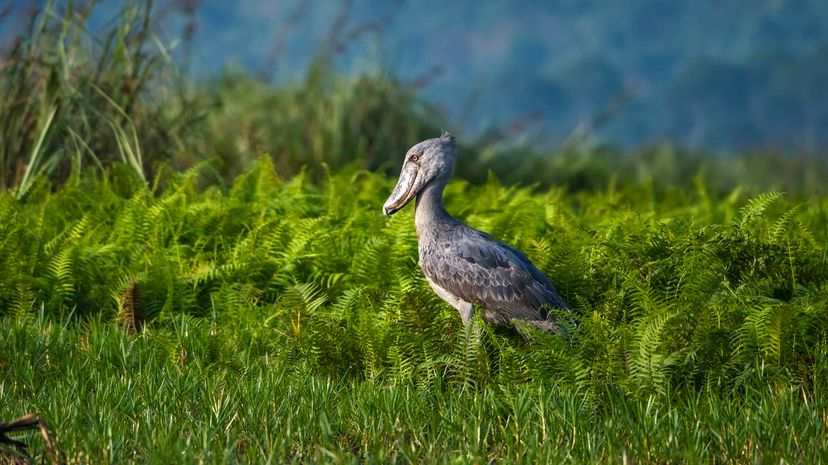
This bird is one of the funniest looking birds in the stork family. Because of the way their bill curves upward, they have a permanently smiling expression. They use their bill to catch fish and reptiles.

The ribbon tailed astrapia grows to lengths of about a foot long. They're most recognizable for their long tail. In fact, they have the largest tail-to-body ratio of any bird species. Can you guess what they use it for? To attract females, of course!
Advertisement
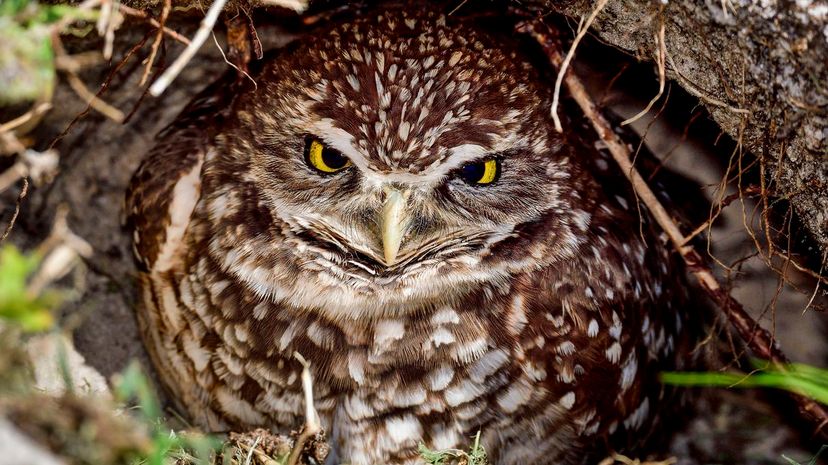
When you think of owls, you probably don't think of them living underground. However, burrowing owls live in dens like prairie dogs. They eat mostly prickly ears, mice and insects.
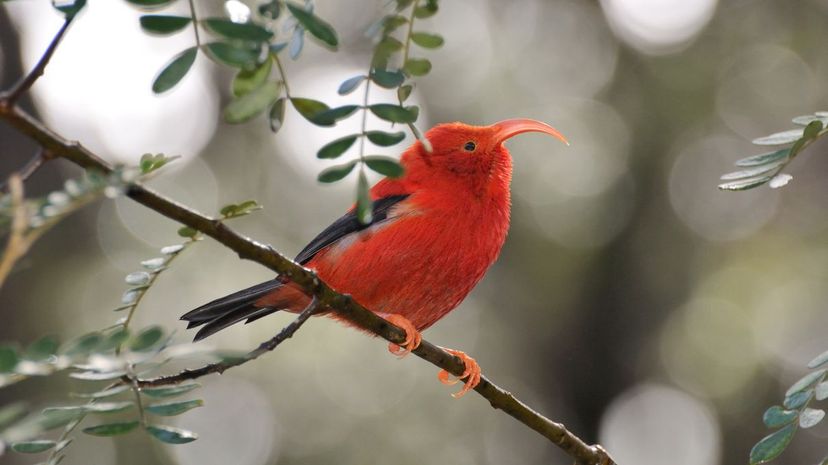
Even though it may look like a hummingbird, the scarlet i'iwi is actually more related to finches. They are best known for their curved beak that they use to harvest nectar from Hawaiian flowers.
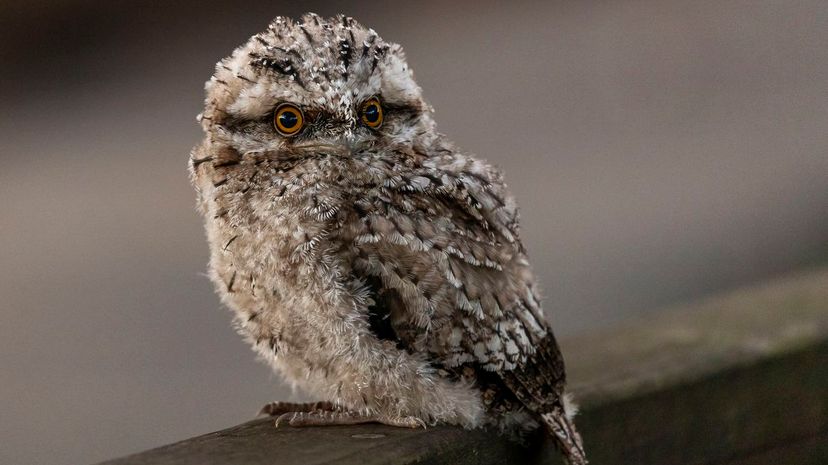
The tawny frogmouth uses its large mouth to eat the local vermin in Australia like rats and lizards. They've been known to use rocks to beat up their prey to make them easier to eat.
Advertisement
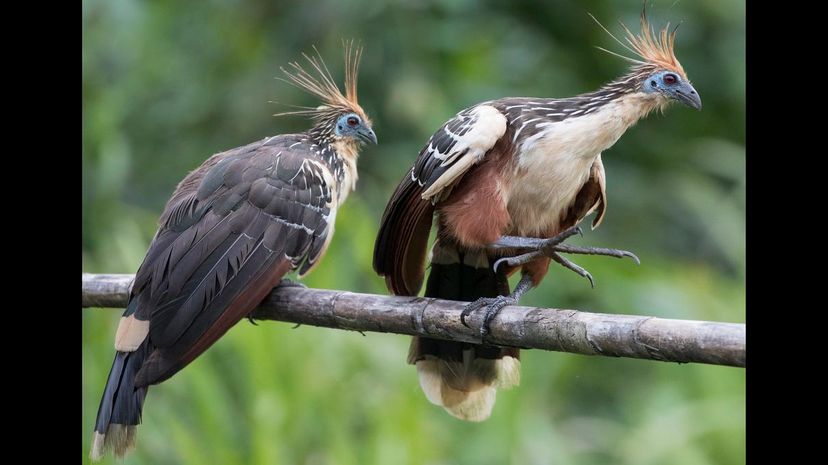
The hoatzin may be pretty to look at, but you might not want to get too close. Because of the way they ferment their food after eating it, they release a skunk-like smell to ward off predators.
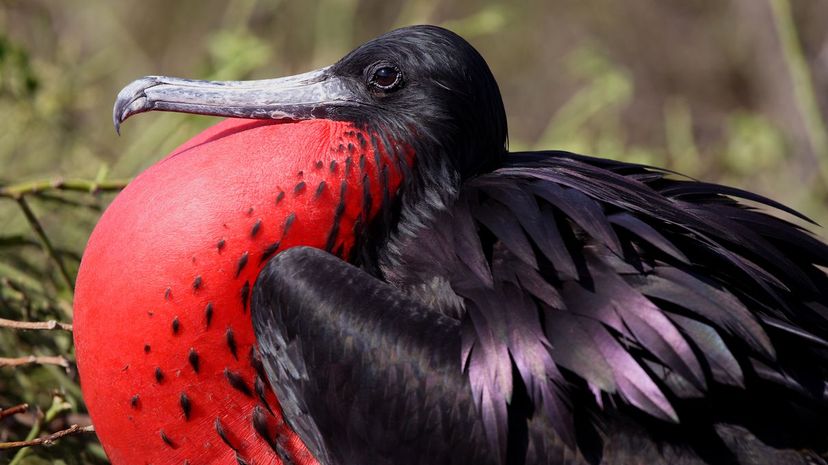
Frigatebirds are in the same family as the blackbird. The magnificent frigatebird uses its red pouch to attract mates. The females lack the red sac of their male counterparts and instead have a white breast and belly.

The golden pheasant is one of the world's most distinctly colored birds. They rarely weigh more than about 1.2 pounds and spend most of their time foraging on insects, seeds and berries in Central and Southern China.
Advertisement
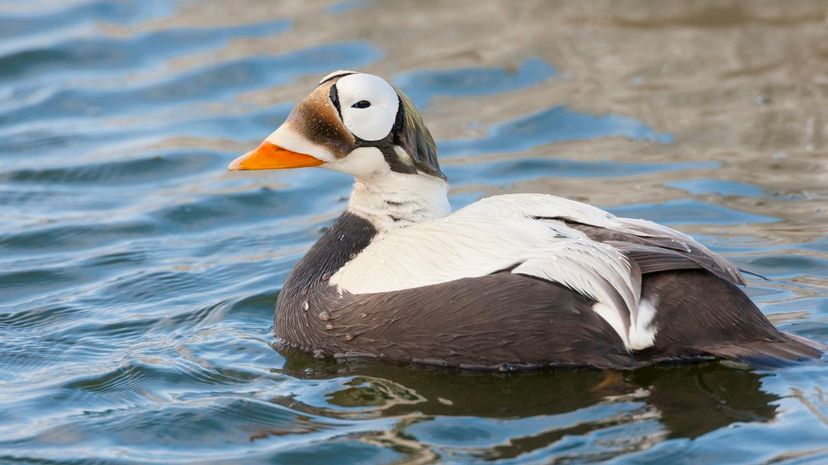
The spectacled eider gets its name for the distinct marking around its eyes that makes it look like it's wearing glasses. They eat mostly seafood and mollusks, but in the summer, they may forage on grass and berries.
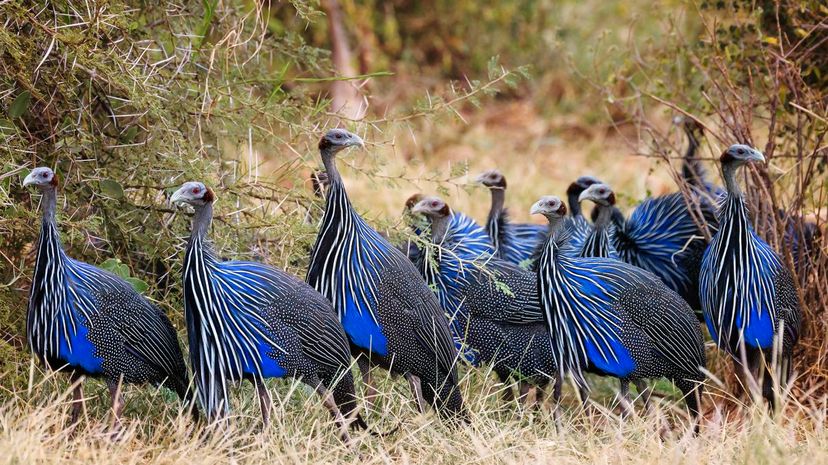
The vulturine guineafowl also goes by the name royal guineafowl and is native to Ethiopia and Kenya. Don't worry; it's not as intimidating as it looks. They eat mostly seeds, mice, insects and reptiles.
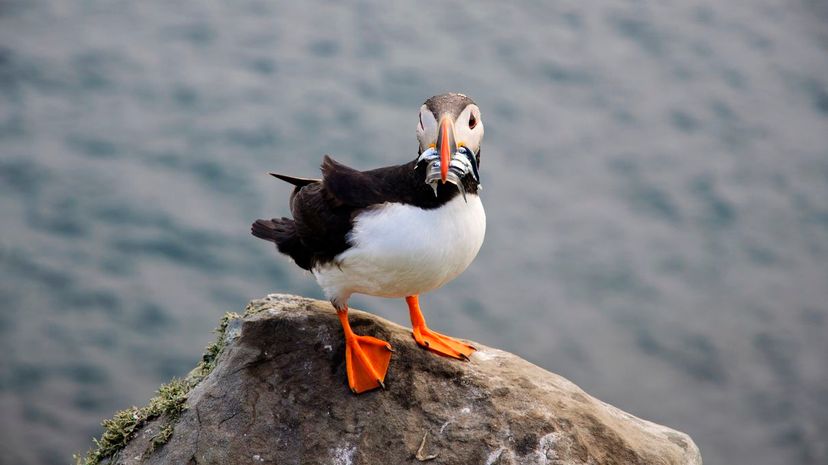
There are three species of puffins in the world. They usually breed on the sides of large oceanside cliffs. The Atlantic puffin is the ocean type of puffin found on the east coast of Canada.
Advertisement
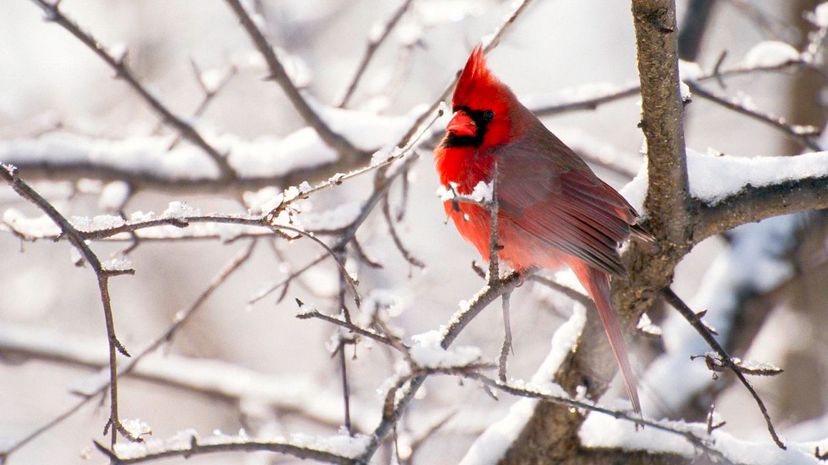
The North American cardinal is one of the most distinct birds found in the Western Hemisphere. Only the males have the bright red feathers that make them famous. The females are a dull brown.

This beautiful eagle found in the Philippines can grow up to 3.4 feet tall. There aren't many left in the wild. It's estimated that the number of breeding pairs in down to less than 300.
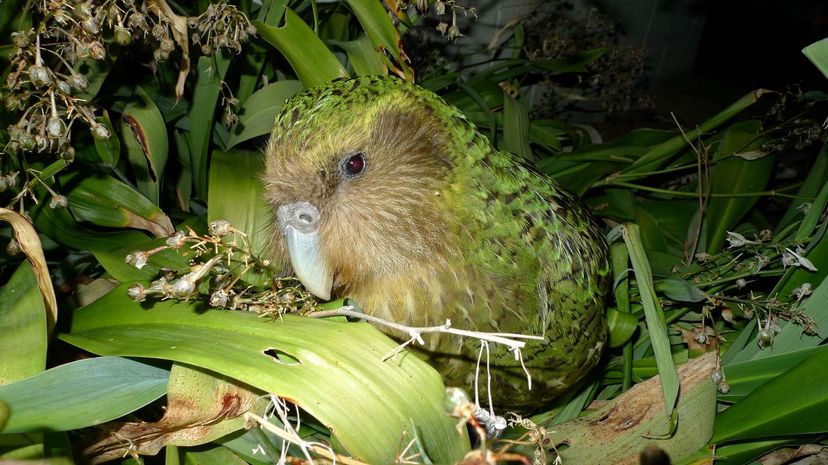
The Kakapo is a critically endangered parrot that lives exclusively in New Zealand. They're completely flightless and ground dwelling, which makes them easy prey for introduced predators like dogs and cats.
Advertisement

In the 1980s, there were only 21 condors left in the world. They were bred and slowly reintroduced into the wild. Nowadays, there are more than 200 of these giant birds with a nearly 10-foot wingspan in the wild.